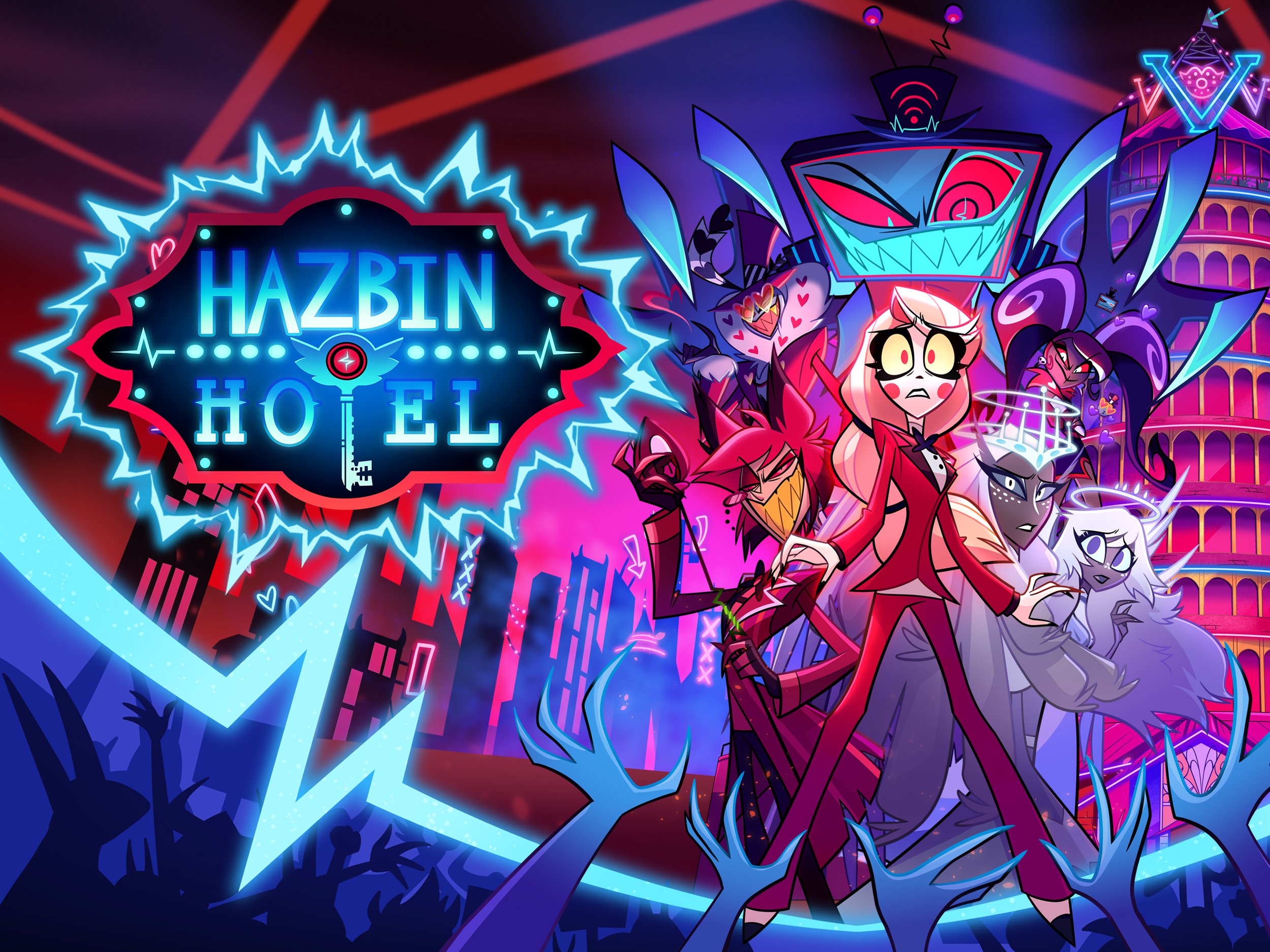Hansel and Gretel: Hunger, the Symbolic Uterus and the Fire
This series of mini-essays attempts to revisit classic tales and bedtime stories with the mindset that fairy tales were never meant to be innocent. They are stories born in blood, hunger, fear, and fire told and retold across centuries not to comfort, but to warn. Yet somewhere along the way, we cleaned them up. Smoothed the edges. Made them sweet enough for children, harmless enough for bedtime and ripe for psychological exploration.
In each one, I take a familiar tale Snow White, Hansel and Gretel, and others to come and strip it of sentimentality. We examine what lies beneath the fantasy: the psychology, the archetypes, the hidden traumas and encoded truths. Using frameworks like Freudian theory, Jungian archetypes, and trauma psychology, we explore what these stories reveal about the human condition read not as fairy tales, but as myths of survival.
This is not nostalgia.
This is raw.
The Tale, Retold
In a poor cottage on the edge of a dense forest, a woodcutter lives with his two children Hansel and Gretel and their stepmother. Famine clutches the land. There is not enough food.
The stepmother whispers: “We must leave them in the woods. Two mouths fewer to feed.”
The father resists. But he gives in.
Hansel, clever, leaves white stones behind. They find their way home.
But again they are taken into the forest. This time, Hansel drops breadcrumbs, and the birds eat them. They are lost. Alone. Starving.
Then salvation: a house made of gingerbread and sugar. A dream of plenty in a world of want.
But the dream is a trap.
Inside lives a witch, who locks Hansel in a cage and fattens him up for slaughter. Gretel is forced to serve. But when the witch leans into the oven to test the fire, Gretel shoves her in. She and Hansel escape, their pockets heavy with stolen jewels.
They return home. The stepmother is dead.
And they are saved.
The Descent Begins
This is not a story about cleverness or courage. This is a story of childhood terror, of betrayal by those meant to protect, and the raw instinct to survive in a world that devours the weak.
It is a story where scarcity becomes violence, and hunger both physical and emotional drives people to the brink of monstrosity.
Psychological Dissection
Trauma Psychology: The Betrayal of the Parental Bond
The defining trauma of Hansel and Gretel is not being lost.
It is being left.
Abandonment by a parent is one of the most primal and shattering betrayals a child can experience. It ruptures the foundational belief that the world and by extension, the self is safe, loved, wanted.
The children are not stolen. They are not swept away. They are deliberately discarded.
The repetition of abandonment (first with stones, then with crumbs) echoes the cycle of trauma initial hope, momentary safety, and then the deeper wound when trust is broken again.
Their survival strategies differ: Hansel intellectualizes, plans, leaves markers. Gretel is reactive, emotionally attuned. But in the end, it is Gretel; cornered, enraged who kills.
And there is no justice. Just escape.
Jungian Lens: The Devouring Mother and the Witch Archetype
Jung viewed the witch not as evil per se, but as a powerful archetype of feminine destruction the shadow aspect of the nurturing mother. When care turns to consumption.
The witch’s house is pure seduction. A sugary womb. But once the children enter, she reveals herself: maternal in role, monstrous in essence.
She fattens Hansel. She imprisons him in the trappings of motherhood: feeding, sheltering, touching. But her love is transactional; she nurtures only to consume.
She is the Devouring Mother, the ultimate perversion of care: one who cannot let her children grow, who fears their independence, and thus seeks to consume them entirely.
The oven becomes the symbolic uterus a return to the origin, but this time in fire, not flesh. A rebirth through destruction.
And who shoves her in?
The daughter.
Attachment Theory: Security Torn and Rewired
In a secure world, the parent is the safe haven, the source of food, warmth, love.
But in this story, the children must detach to survive.
Attachment is rewired the forest becomes safer than the home.
Hansel and Gretel become each other’s secure base. It is not parental love that saves them. It is sibling bond, forged under fire, that holds.
This inversion the child clings to child and child kills “mother” is the ultimate severing of traditional attachment. Survival demands it.
Archetypal Fear of Scarcity
Underneath it all, this tale is not about evil stepmothers or witches.
It is about hunger.
When there is not enough, even love becomes expendable. The stepmother does not kill the children out of hatred. She sees them as mouths, consumers of what little remains. She makes a brutal calculation. The father, spineless, submits.
Famine in fairy tales is rarely just about food. It is a metaphor for emotional scarcity, the fear that there is not enough affection, safety, worth, or space in the world for everyone.
What would you do if love had to be rationed?
The Human Truth Beneath
This story is not a fantasy. It is a memory. A psychic echo.
Of children who have been discarded.
Of caregivers who fed with one hand and struck with the other.
Of warmth that turned to harm.
Of the knowledge, buried deep in the gut, that you are alone unless you learn to kill.
Hansel and Gretel do not become heroes. They become survivors. And survival, in this world, requires the death of the mother.
Simply put
To grow up is to walk into the forest.
And if we are lucky, very lucky, we may find our way out.
But only after we’ve seen the house made of candy.
And learned what waits inside.
References
Jung, C. G. (1964). Man and his symbols. Dell Publishing.
Neumann, E. (1955). The Great Mother: An analysis of the archetype. Princeton University Press.










